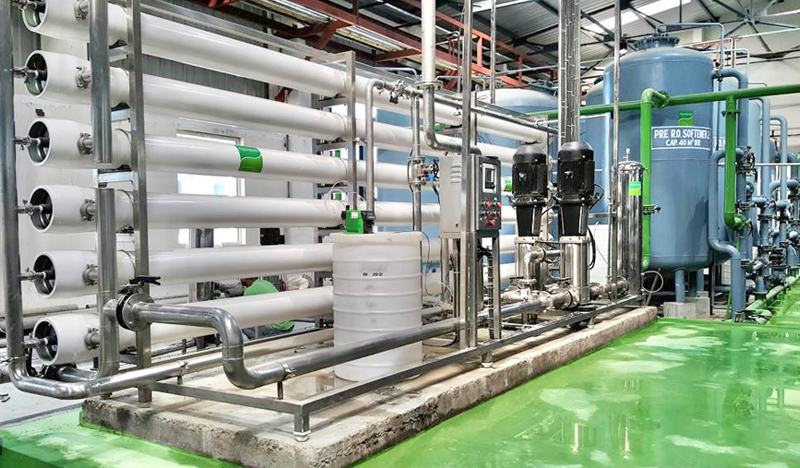ETP Post Treatment Plant
Aguapuro - ETP Post Treatment Plant, Effluent Post Treatment Plant, Wastewater Post treatment Plant Manufacturer, Supplier in Mumbai, India
Post-Treatment Processes typically include stabilization, disinfection and corrosion control, and can include degasification and/or air stripping processes. Four primary issues concerning the post-treatment water are blending, remineralization, disinfection and the materials used for storage.
Secondary treatment is the removal of biodegradable organic matter (in solution or suspension) from sewage or similar kinds of wastewater. The aim is to achieve a certain degree of effluent quality in a sewage treatment plant suitable for the intended disposal or reuse option.
Water Treatment in membrane plants implies pre-treatment and often post-treatment also. Pre-treatment is mandatory because membrane systems are susceptible to fouling. The extent of physical and chemical pre-treatment depends on the quality of raw water, e.g. well water typically requires minimum pre-treatment, whereas wastewaters require extensive pre-treatment. Both physical and chemical pre-treatment processes and technologies are discussed in detail. Post-treatment technologies are also detailed. Post-treatment is required depending on the application of product water at the point-of-use, e.g. RO permeate is remineralised prior to distribution for potable use. Conversely, RO product water is polished to further demineralise it for applications that require high-purity water (pharmaceuticals) or ultrapure water (microelectronics). Membrane scaling/fouling, process design guidelines to minimise fouling and membrane cleaning are discussed in detail. This chapter describes in detail membrane system designs including important design features and system controls.

